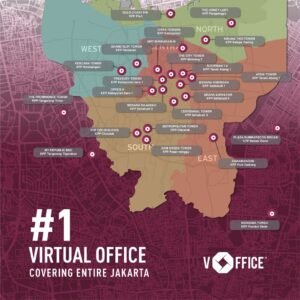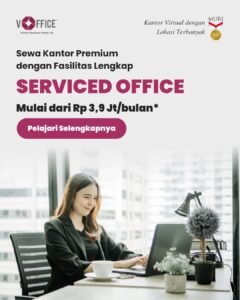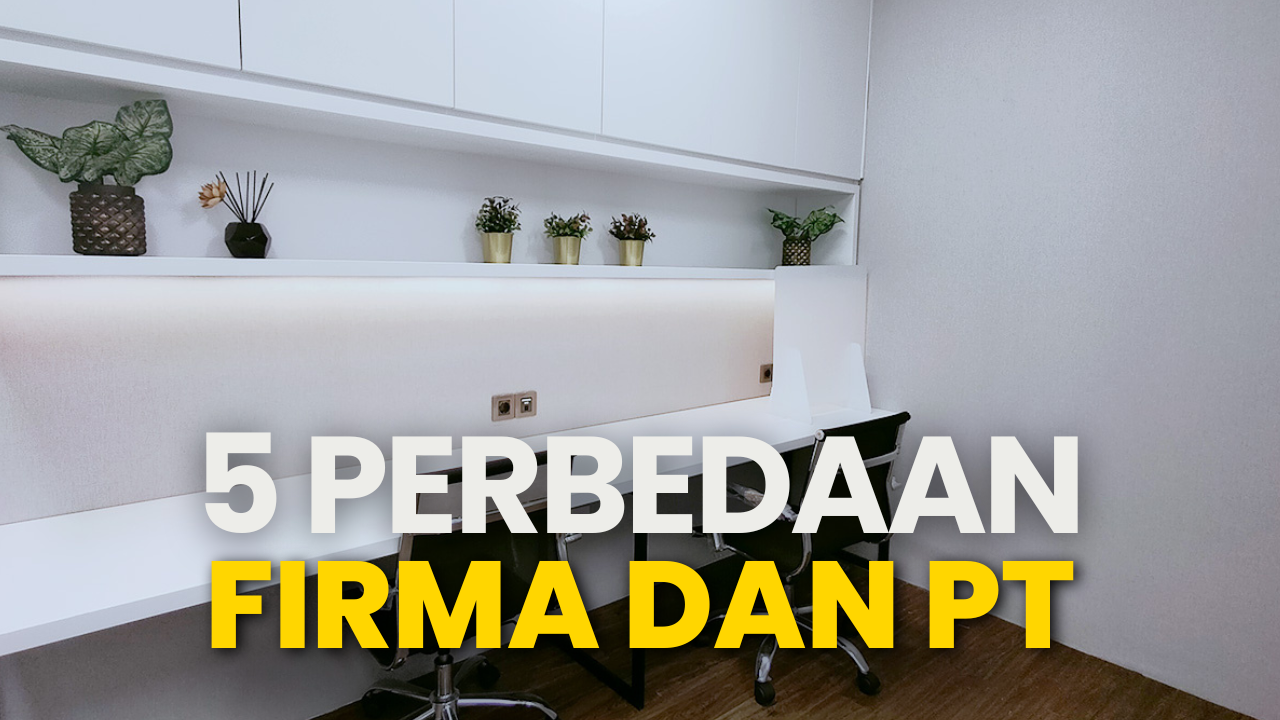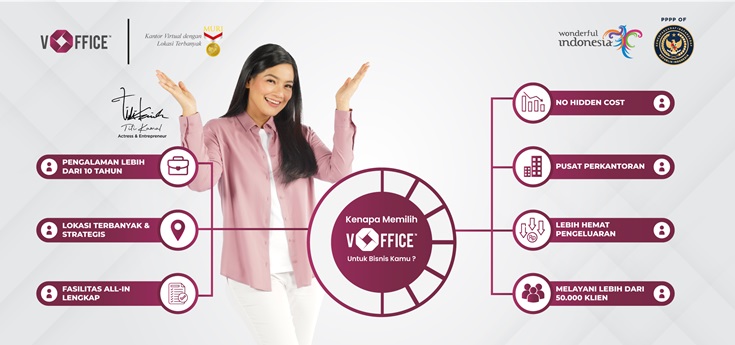The podcasting world is rapidly expanding. Creators utilize this audio platform to share ideas, stories, and knowledge with their audiences. Want to follow in their footsteps? Of course, you can! However, before launching your first episode, there are several important aspects to consider, one of which is podcast equipment.
Having the right podcast equipment will greatly influence the quality of the audio produced. High-quality audio will make your podcast more professional and certainly more enjoyable for listeners. This article will serve as a comprehensive guide for you, whether you’re just starting your journey in the podcasting world or looking to improve the quality of your production.
Read Also: What is a Podcast? Here’s the Definition
What Equipment Do You Need to Make a Podcast?


Here is a list of commonly used podcast equipment:
Microphone
The heart of the podcast production process. The microphone captures your voice and turns it into an electrical signal.
Types of microphones:
- Dynamic: Robust and durable, suitable for noisy environments.
- Condenser: Generally more sensitive and produces clearer sound, suitable for studio recording.
Tips for choosing: Adjust to your budget and needs. USB microphones are more practical for beginners, while XLR microphones require additional audio interfaces to connect to a computer.
Headphones
Used to monitor your audio directly during recording and editing.
Tips for choosing: Choose headphones that are comfortable for long-term use and have good sound quality, especially in the mid-frequency range for vocal clarity.
Portable XLR Recorder
This device allows you to record audio anywhere, regardless of computer availability.
Features to consider: XLR input, phantom power (for condenser microphones), and limiter (to avoid audio distortion).
Alternative: Use audio recording software on your computer or smartphone.
Pop Filter
An accessory attached to the microphone to reduce unwanted “pop” sounds produced by certain consonants (e.g., P, B).
Alternative: If budget is limited, you can use pantyhose or fabric as a simple pop filter.
Microphone Boom
A flexible microphone stand that allows you to adjust the microphone position precisely to capture optimal sound.
Tips for choosing: Choose a sturdy boom that can be adjusted in height according to your needs.
Computer or Laptop
Used to run audio editing software and manage your podcast files.
Specifications: Tailor to your editing needs and the number of audio tracks you’ll be using.
Digital Audio Workstation (DAW)
Audio editing software used for recording, editing, and mixing podcast audio.
Options: There are many DAWs available, both free (Audacity, Reaper) and paid (Adobe Audition, Logic Pro X).
Audio Interface
A device that connects your analog microphone to the computer. An audio interface is essential for XLR microphones that require phantom power.
Tips for choosing: Choose an audio interface with good audio quality and compatibility with your computer.
Podcast Software
Specialized software for managing the podcast production process, from recording, editing, to publishing on distribution platforms.
Options: Various podcast software is available, such as Audacity, Reaper, and Descript. Some offer additional features like sound effect libraries and editing templates.
Read Also: 3 Benefits of Renting a Podcast Room
Podcast Equipment for Beginners: Simple yet Quality


Starting a podcast doesn’t have to involve large expenses upfront. Here are essential podcasting tools for beginners:
- USB Microphone: Convenient and easy to use, suitable for home recording.
- Headphones: Choose ones that are comfortable and have decent sound quality.
- Podcast Software: Many free software options offer basic features for audio editing and mixing.
Read Also: 8 Ways to Create an Engaging Podcast for Beginners
Tips for Choosing Podcast Equipment
- Determine your budget first.
- Research and compare products.
- Read online reviews to get an idea of product performance.
- Purchase podcast equipment from reputable stores with warranties.
- Don’t hesitate to consult experienced podcast creators.
Choosing the right podcast equipment is a long-term investment. As your podcast grows, you can upgrade your equipment according to your needs and desired production quality.
In addition to having quality equipment, make sure your podcast is recorded in a quality studio. If you don’t have your own studio yet, you can rent a podcast studio in Jakarta owned by vOffice. With complete equipment and minimalist interior design, you can record both audio and video podcasts with satisfying results.










